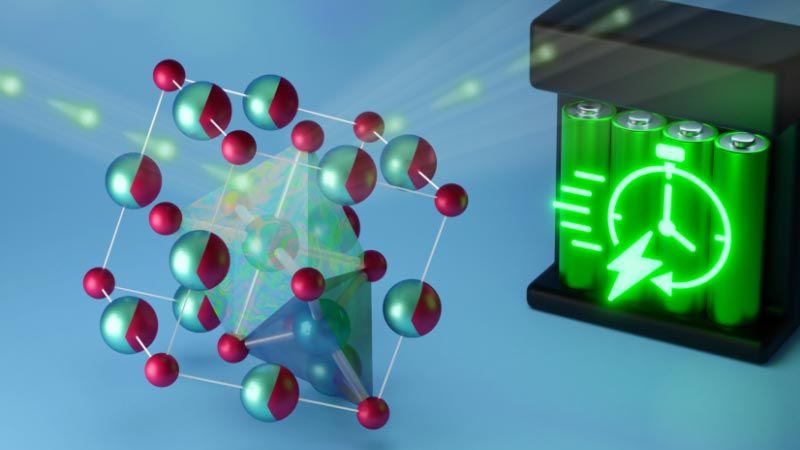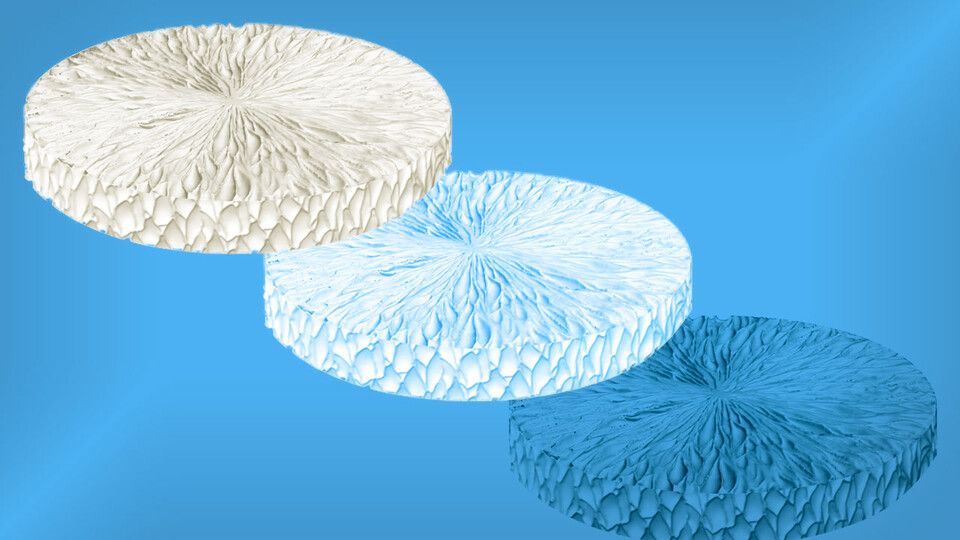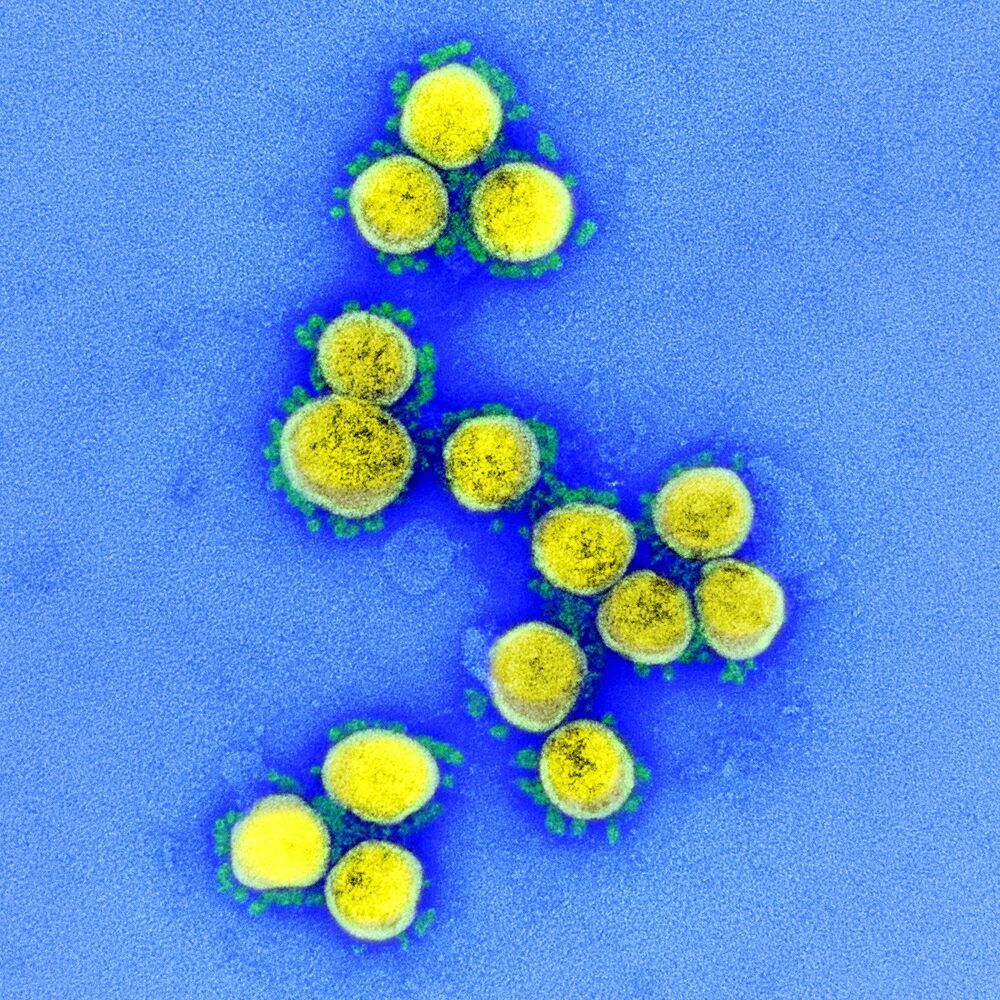Inspiration4 is getting its own documentary. Netflix said Tuesday it would be releasing a five-part series on the mission, its first documentary to cover an event “in near real-time,” in five parts in September.
“Countdown: Inspiration4 Mission to Space” will follow the first all-civilian Inspiration4 crew as they prepare for and undergo a three-day flight to low Earth orbit. The private flight is being funded by — surprise! — a billionaire: Jared Isaacman, the CEO and founder of payment processor Shift4 Payments. He will be joined by Hayley Arceneaux, a physician assistant at St. Jude’s Children’s Research Hospital and a pediatric bone cancer survivor; Christopher Sembroski, a Lockheed Martin engineer and Air Force veteran; and professor of geoscience Sian Proctor.
Isaacman has committed to donating $100 million to St. Jude’s out of his own funds, in addition to the public donation drive that was used to select Sian Proctor’s seat. As of March, the donation drive raised an additional $13 million for the children’s hospital.









